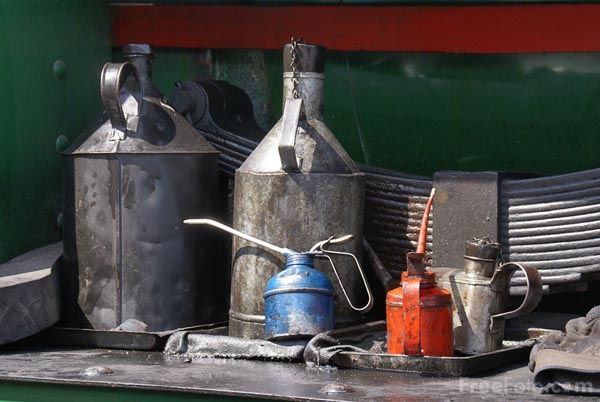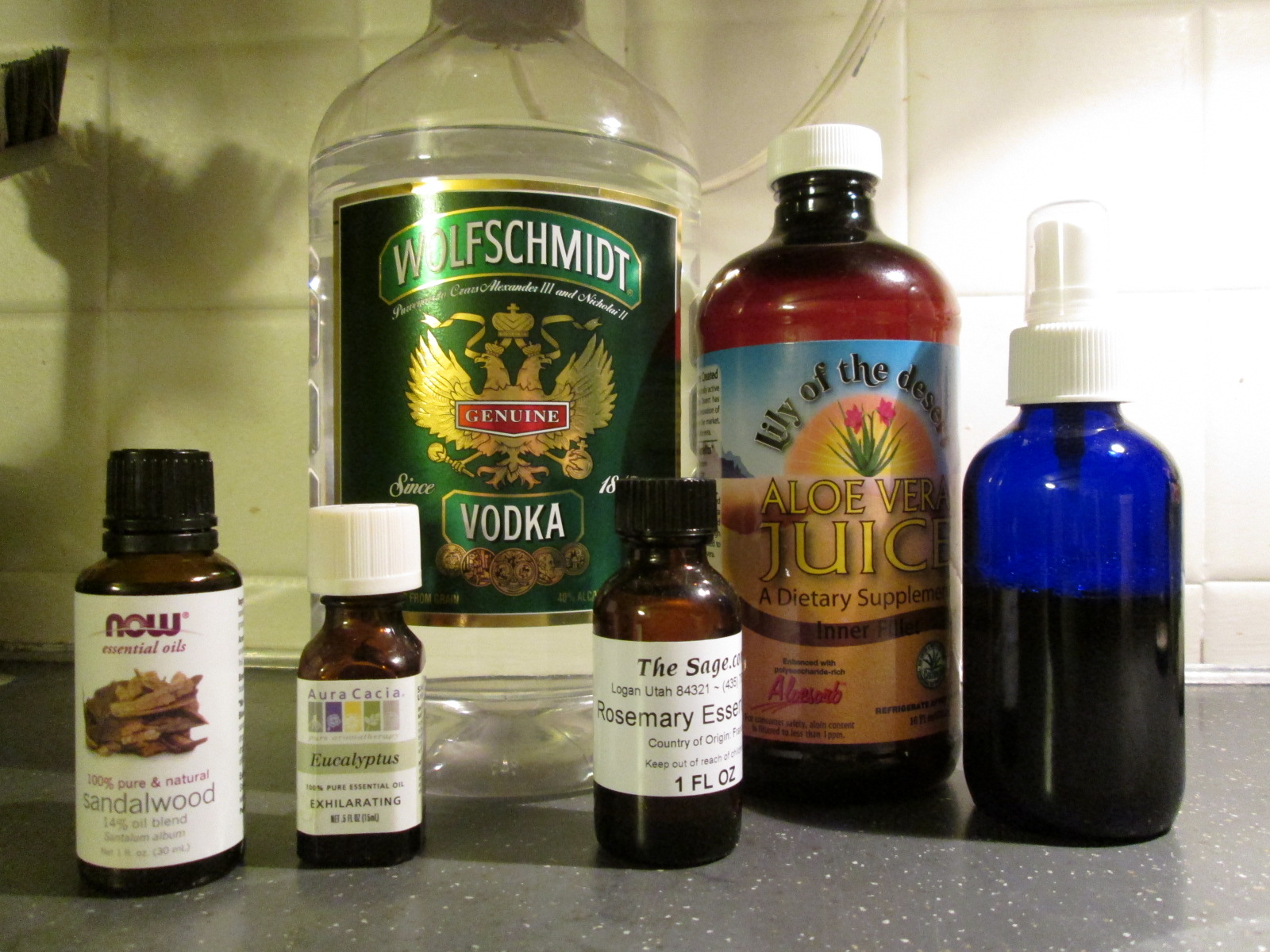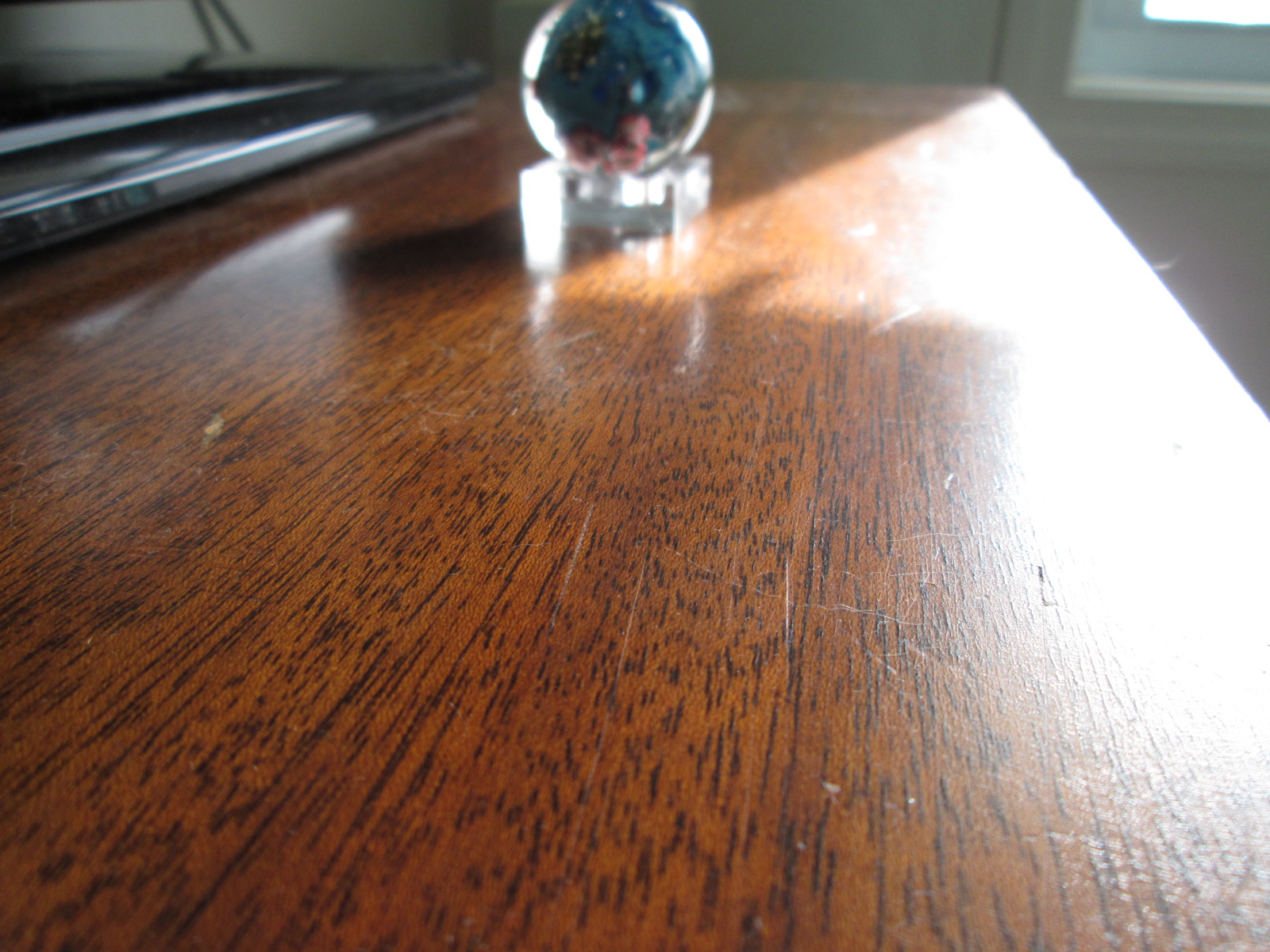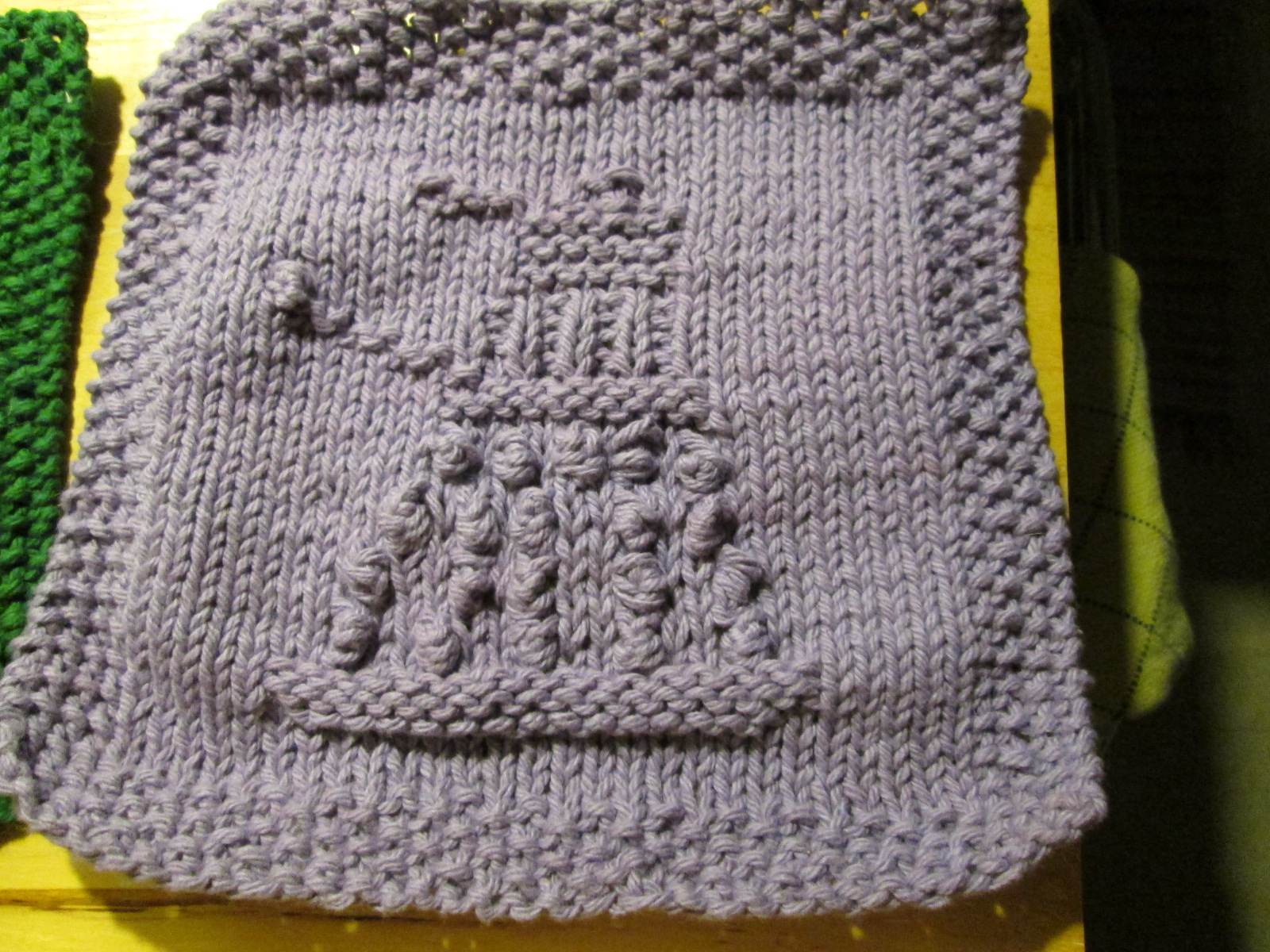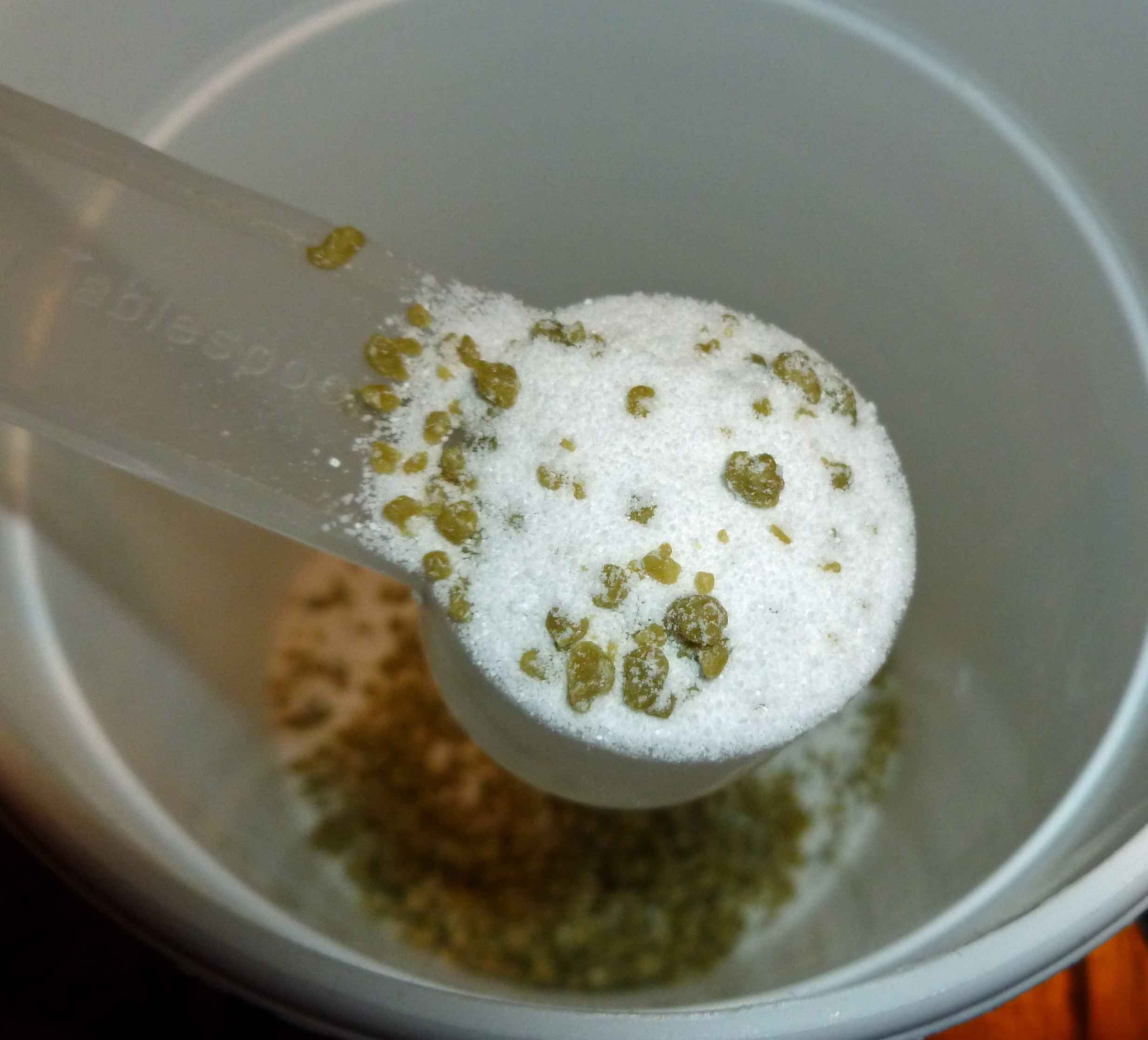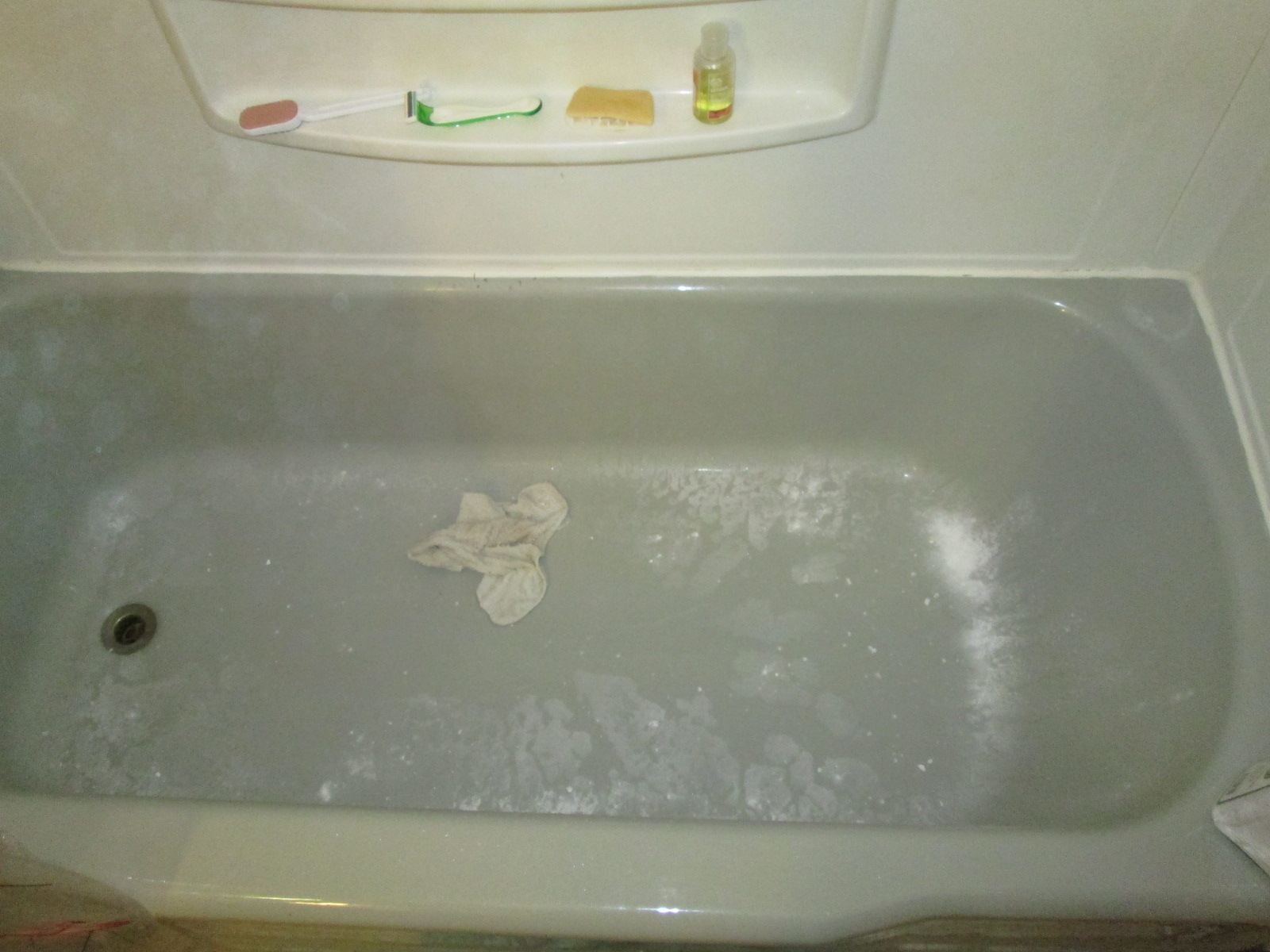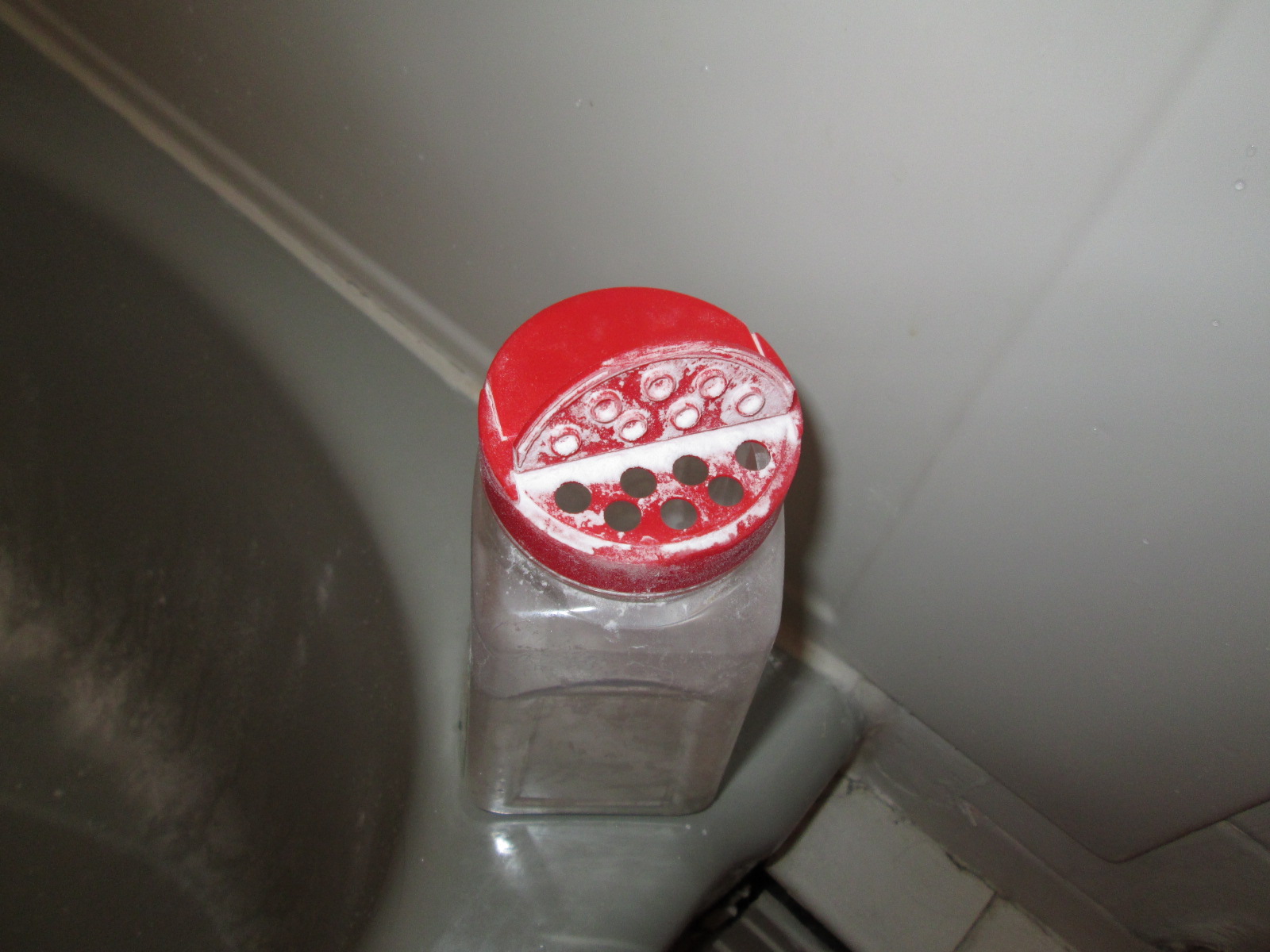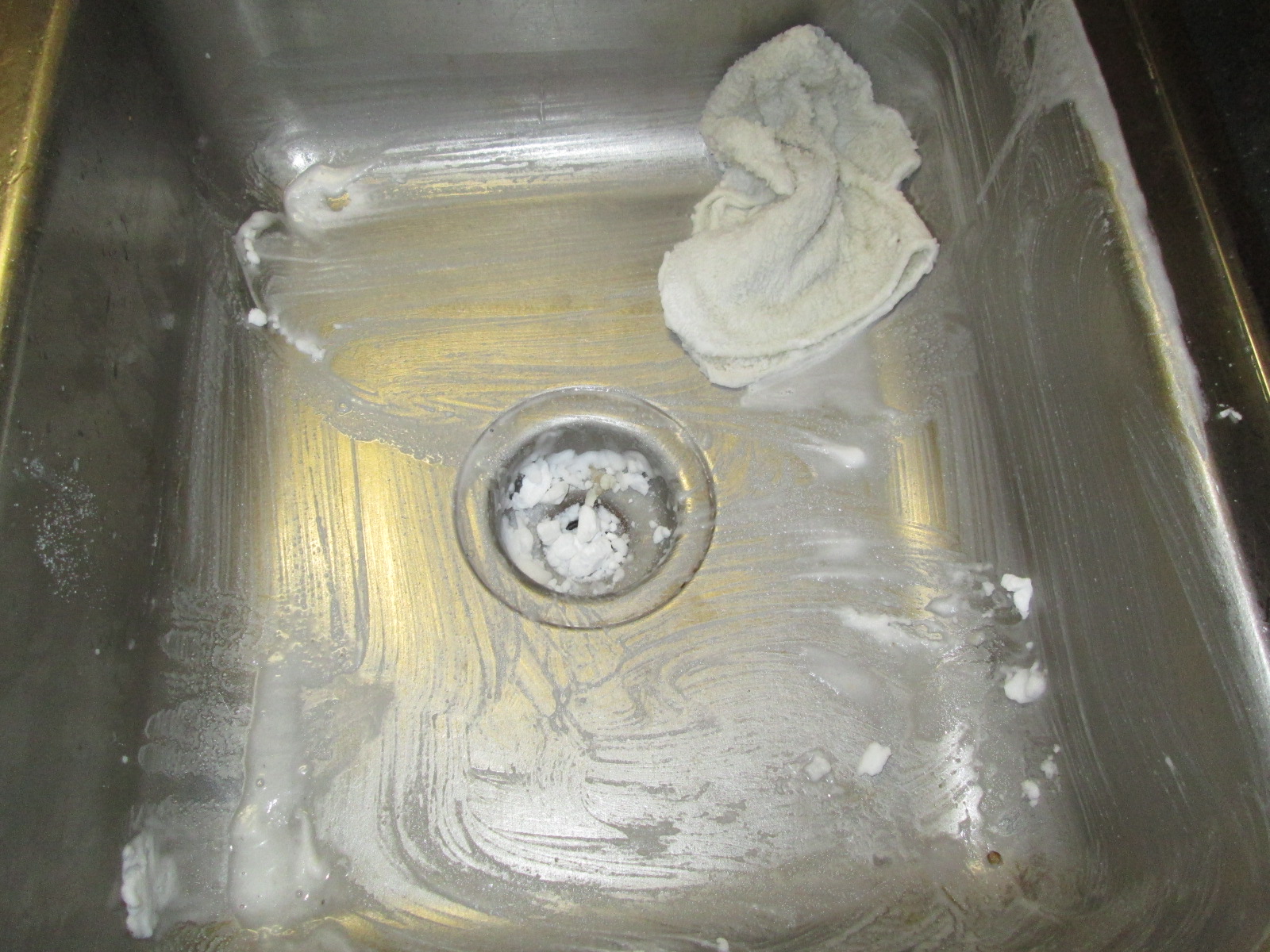
Back in June, Mary Kate and Denise met up at the far side of Mary Kate’s apartment complex parking lot, with a super-long outdoor extension cord, a garage sale crock pot, a can of olive oil, some devil lye, and safety googles.

We were there to make soap. Safely outdoors, away from cars and buildings and enclosed spaces, lye and water were mixed, added to olive oil, and cooked in the crock pot until done. Or until it sorta kinda maybe looked a little bit like the pictures Denise got off the internet. Then we dumped it in a baking dish, and Denise took it to her in-laws — because soap needs to tour — before taking it home to cool completely.
Why make soap? Well, if you are Denise, there may be two soaps on the market that you might be able to use because the majority of soap is coconut oil-based. Add avoiding palm oil (because of cross-reaction possibilities with coconut allergies) and corn-derived ingredients, and good luck to you. If you’re Mary Kate, anything that involves mostly sitting around but also the possibility of destruction is good. Plus, there were safety googles.
The other reason is cost. Denise did the math when we were done: Her soap costs $26.78 for 64 oz (8 bars @ 8 oz each) which works out to 41 cents an ounce. The supplies for making this soap (not counting the equipment, which is reusable, and ran approximately $30 or so) cost $13.87 for 74.73 oz, which works out to 19 cents an ounce. It was also a few hours of fun.
Denise uses the soap for laundry detergent, dishwasher detergent, and shampoo, as well as for actual soap. This represents a significant cost savings. The olive oil soap is maybe not as pretty as commercial soap, but it works great and is gentle.
This soap is a “hot process” soap, meaning it uses heat to help the lye saponify (make into soap) the oil. There is also “cold process” soap, where time alone completes that reaction, and we do want to try that soon. The internet is full of recipes for soap, but this is the one we followed.
We made you a video. It’s really an automatic slide show of the photos we took set to music, and it runs about a minute. Enjoy (and be kind?).
[youtube=http://www.youtube.com/watch?v=sy_6hK0Y1uE&w=420&h=315]
(Because we have limited luck with embedding videos, here’s the link, too. Half the time, this works in previews; half the time it doesn’t.)
So this is what we do for fun. And then we fix it up and share it with you on the internet. If WE can make soap, so can you.


